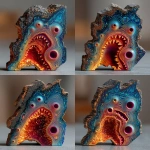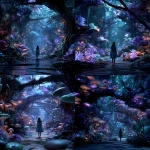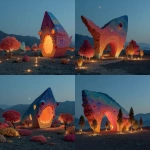Explore the Best AI Image Gallery
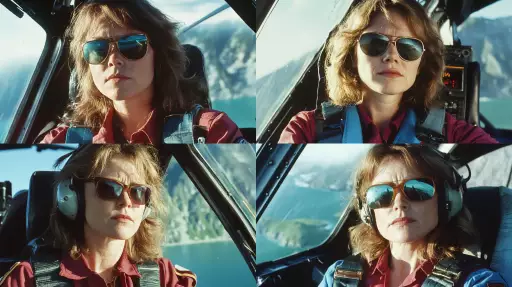
Beyond the Brush: How AI-Generated Visual Content is Transforming Creativity
The realm of creativity has always been a space where imagination reigned supreme. But with the advent of artificial intelligence (AI), the lines between human and machine creation are becoming increasingly blurred. AI-generated visual content, from stunningly realistic images to unique artwork, is no longer a futuristic fantasy; its a present reality reshaping the creative landscape.
A New Palette for Artists
AI tools are empowering artists in unprecedented ways. Imagine a painter who can sketch a basic outline and have an AI algorithm instantly fill in intricate details, textures, and even lighting effects. This collaborative approach allows artists to focus on the conceptual aspects of their work, while AI handles the technical complexities.
For designers, AI-powered platforms offer a vast library of customizable elements, from logos and icons to website layouts and marketing graphics. This streamlines the design process, making it faster and more efficient, freeing up creative minds to explore innovative concepts.
Beyond Artistic Expression
The applications of AI-generated visual content extend far beyond the realm of fine art and design. In marketing and advertising, AI can create personalized visuals tailored to specific demographics and consumer preferences, enhancing engagement and impact.
In education, AI can generate interactive learning materials, bringing static textbooks to life with dynamic visualizations and simulations. This immersive approach can make learning more engaging and effective for students of all ages.
Navigating the Ethical Landscape
While the potential benefits of AI-generated visual content are undeniable, its crucial to address the ethical considerations that accompany this transformative technology.
- Copyright and Ownership: Who owns the copyright to AI-generated artwork? Is it the creator who provided the initial prompt, the developer of the AI algorithm, or the AI itself?
- Bias and Representation: AI algorithms are trained on massive datasets, which can contain inherent biases that reflect societal stereotypes. Its essential to ensure that AI-generated content is inclusive and representative of diverse cultures and perspectives.
- Job displacement: As AI becomes more sophisticated, there are concerns about potential job losses in creative industries. However, its important to remember that AI can also create new opportunities and roles.
The Future of Creative Collaboration
The future of creativity lies in a harmonious collaboration between human ingenuity and artificial intelligence.
AI will continue to evolve, becoming more sophisticated and capable of generating increasingly realistic and imaginative visual content. However, the human element—the spark of originality, the ability to connect with emotions, and the power of storytelling—will remain irreplaceable.
By embracing this collaborative approach, we can unlock new creative possibilities, pushing the boundaries of art, design, and innovation.
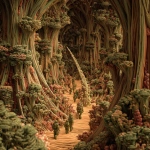
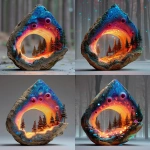

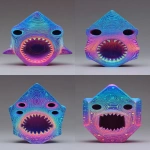

](https://images.ai-img.art/thumbnails/150/98325fa7102e81df81f1dba6df8df52929b4fa41b058192faf3c77cf94513ff7.webp)
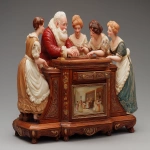
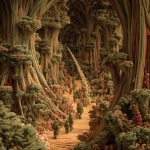

](https://images.ai-img.art/thumbnails/150/09314c003088f7174f747fa65105eca599e0842cf69e637ce4c98ebefd3f50ab.webp)
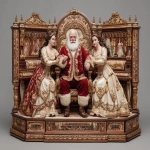
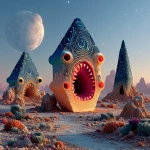
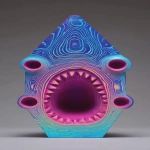
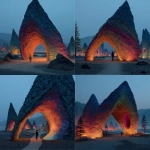
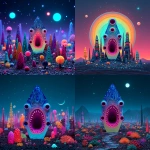
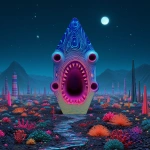
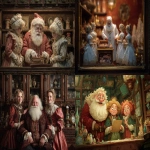
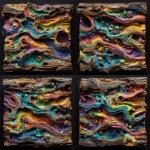

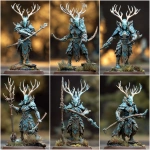
](https://images.ai-img.art/thumbnails/150/769518185300fcbda91b7bbf92b9007bc856379accd52eaf7983f9aec379e88e.webp)

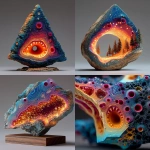
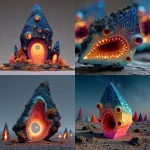

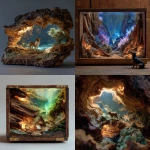
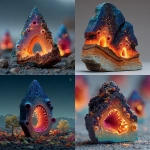
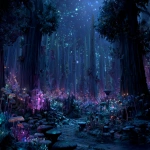
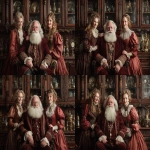
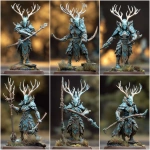

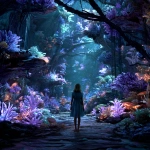
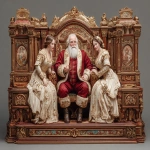
](https://images.ai-img.art/thumbnails/150/914cb18c03c97bdba2f290c0ec1573d5792bf399dbad7f484614764eb31f4c2f.webp)
](https://images.ai-img.art/thumbnails/150/a31f622763ce0ecb2e76a907e566b81cfcc171e8d9b8b393f27681be24b6ca91.webp)
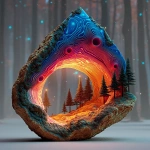
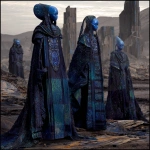

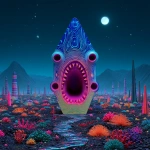
](https://images.ai-img.art/thumbnails/150/ac7218edd6198d49ed8d9853a5890595fc4d2a7a11c2e8a7ee8bcfbc7bfe265e.webp)
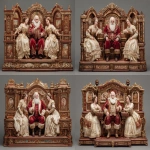
](https://images.ai-img.art/thumbnails/150/ebc95932b25c17607076ed8d2a4bafc85c3371cf3f2d45c35741505fe3c97de1.webp)
](https://images.ai-img.art/thumbnails/150/3b65287fef447a6ad61bcb18b5b9d03b6f6f74603ae0e058f81f4b91a3e02f36.webp)

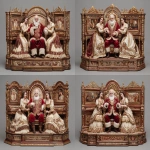
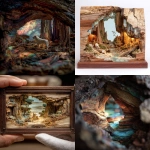
](https://images.ai-img.art/thumbnails/150/7d9de60c58579b921ad140a9e1d752642452d5086b74a27d866e8af04608ed7d.webp)
